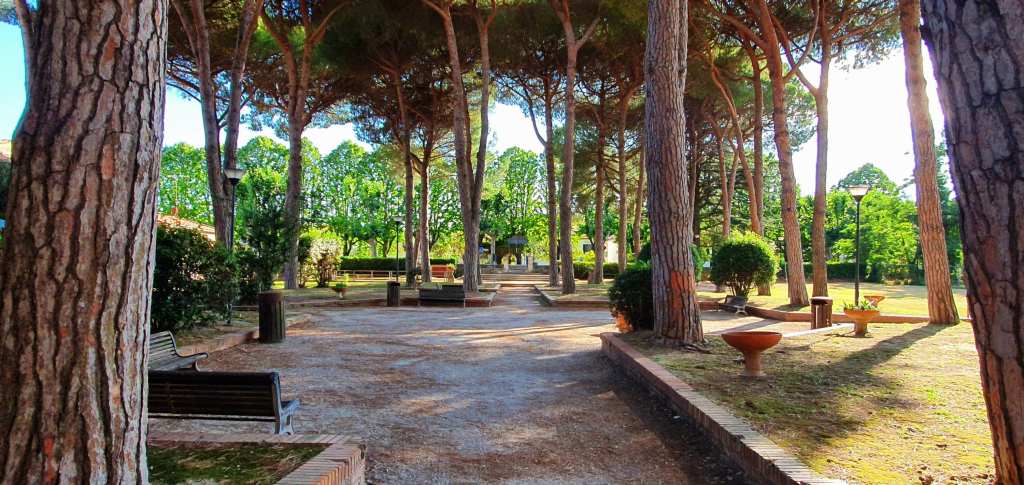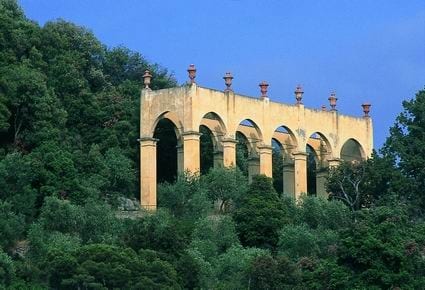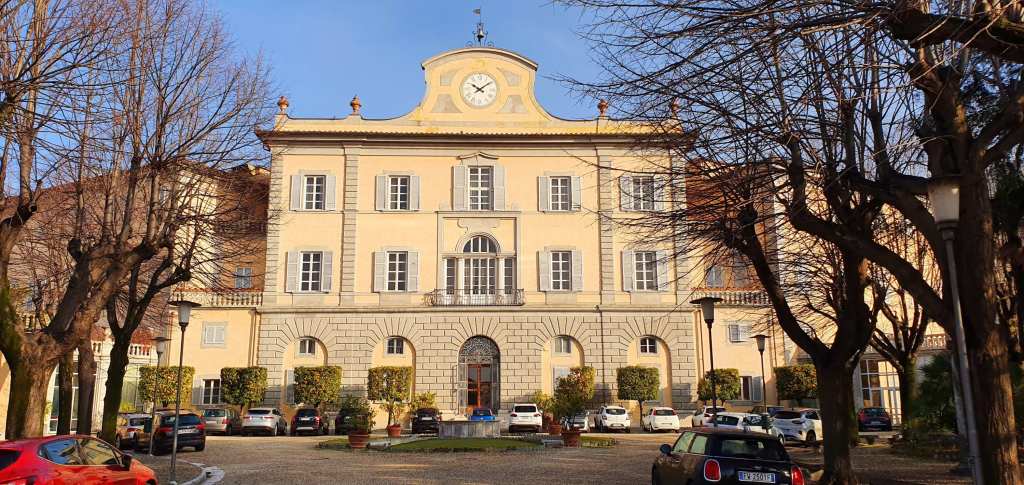A village inhabited since prehistoric times and known thanks to its thermal baths, San Giuliano is located in a favorable geographical position: in the province of Pisa and at the same time not far from Lucca. The main attraction is undoubtedly the establishment of the Terme di San Giuliano today Bagni di Pisa.
Built in 1743 on a project by Ignazio Pellegrini for Francesco Stefano di Lorena, the baths are located inside the summer residence of the Grand Duchy of Tuscany.
The thermal baths facilities became a holiday destination in the 1700s together with those of Montecatini and Bagni di Lucca thanks to the multiple properties of their waters and minerals with beneficial and curative properties, but the well-being deriving from these thermal sources dates back to antiquity. The construction of the thermal structures is due precisely to the Romans: Pliny the Elder names them acquae pisanae and tells us that they already exploited its therapeutic virtues.
Continuing our walk, after a coffee in the central square we crossed it and then to the right, along the ditch of the Mill, a few steps away we were at the “Parco dei Pini”, a park where at the time the spa guests could go to relax in nature.
Originally, the ditch of the Mulino connected Pisa to San Giuliano Terme, excavated in the 10th century it made the waters of the nearby Ozzeri Canal (remaining part of the Auser) flow together to easily transport the marbles from the various quarries of Monte Pisano to Pisa for the construction of various buildings. including those in Piazza dei Miracoli and the walls of Pisa. The stones, through the Porto Pisano, were also exported throughout Italy.
Going back, behind the Palazzo delle Terme you can see a curious structure located on the slopes of the mountain. Following the path that crosses the park of the olive trees, we arrive at the “Kafé Haus” frequented in the past by nobles, artists and poets who stayed at the spa.


Returning to the car there is this beautiful abandoned building (unfortunately) and it is the former Opera Pia di Bagni di San Giuliano. Finding very little information on the internet, I can only assume that they were “public” spas that could be used free of charge for healing purposes by all residents. What is certain is that in the mid-1900s the spa property was fenced off to allow the separation between bathers and the people. This allowed the construction of some gardens with benches for the relief of bathers, but definitively detached the relationship between Sangiulianesi and their spas.
If you are in the area or pass by, I highly recommend you stop for an ice cream or a coffee. Although it is not a major tourist country, try to grasp the details and find beauty in every corner and I close by stealing this famous phrase by Oscar Wilde: beauty is in the eye of the beholder.
